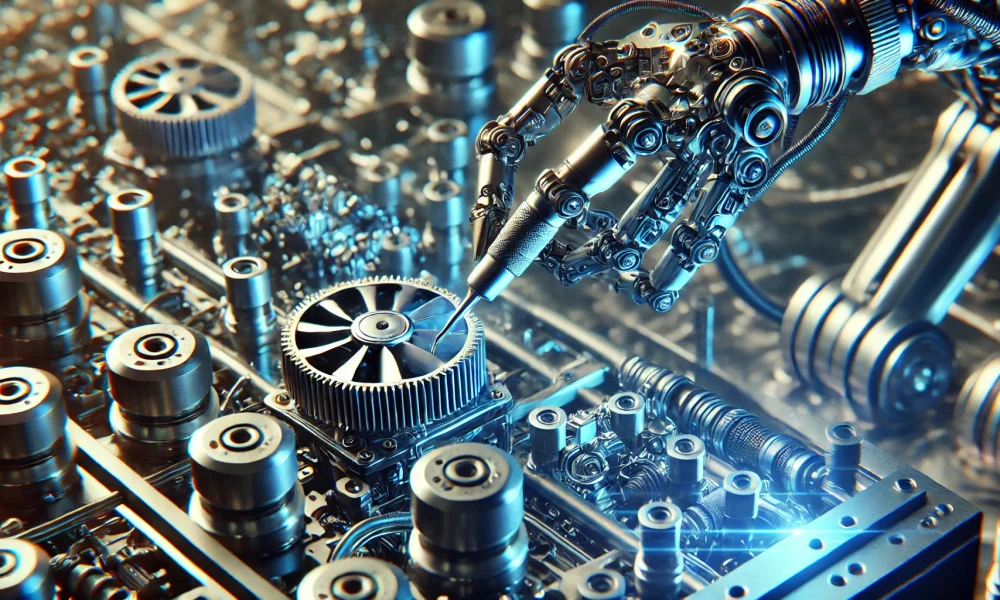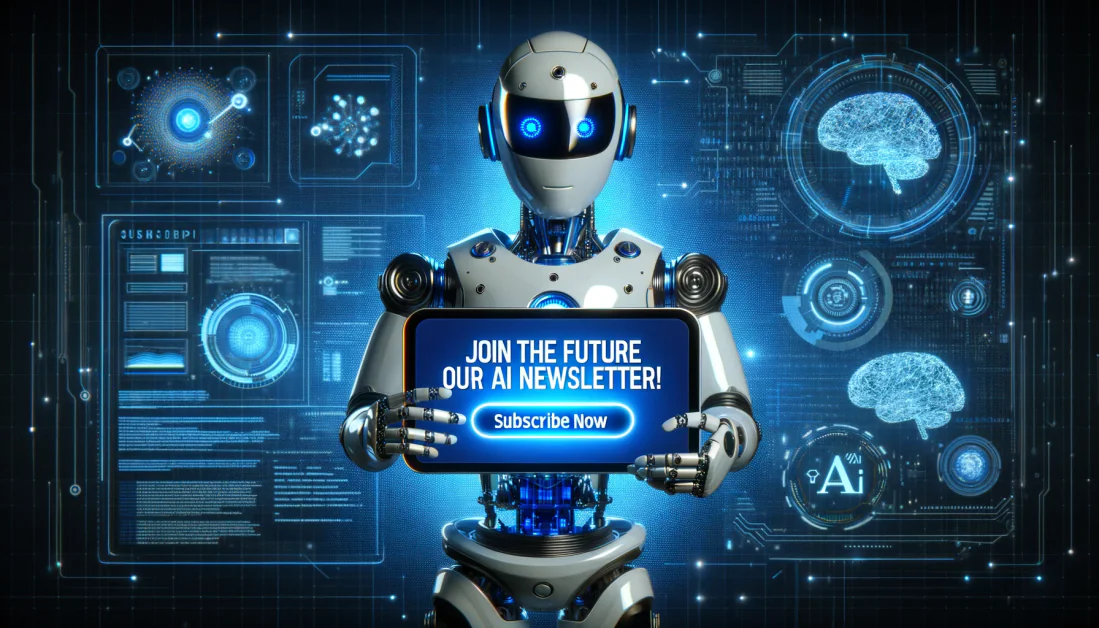Redefining the Middle Class in the Age of AI
Picture a typical evening at home where your family gathers around the dinner table while a smart home system optimizes lighting and temperature to save energy. Autonomous vehicles deliver packages outside, and your child uses an AI-powered educational tool for homework. These are not scenes from a sci-fi novel but a glimpse into the near future where Artificial Intelligence (AI) is seamlessly integrated into our daily lives, reshaping industries and opening new possibilities.
Revolutionizing the Middle Class
As AI progresses, it has the potential to redefine and rejuvenate the middle class, presenting exciting opportunities for innovation and growth. However, it also poses significant challenges that must be understood to ensure a stable and prosperous future for this vital economic segment.
Evolution of the Middle Class
Throughout history, the middle class has been a cornerstone of economic stability and social advancement. Emerging during the Industrial Revolution, it comprised skilled workers and small business owners as new technologies created jobs in manufacturing and services. The post-World War II economic boom further expanded this class through increased production, higher wages, and improved access to education and homeownership.
However, the late 20th century brought about significant changes. Globalization led to the outsourcing of manufacturing jobs, while technological advancements began automating routine tasks. This shift resulted in job polarization, with a growing disparity between high-skill, high-pay jobs and low-skill, low-pay jobs, leaving the middle class in a precarious position.
Challenges Facing the Middle Class
Today, the middle class confronts economic hurdles such as stagnant wages, job uncertainty, and the displacement of middle-class jobs due to automation and globalization. The Pew Research Center reports a decline in the percentage of adults in middle-income households from 61% in 1971 to about 51% in 2023.
In the U.S., the loss of nearly 7 million manufacturing jobs due to globalization and automation has impacted middle-class households, with median incomes seeing a slower growth rate compared to upper-income households. This widening economic gap emphasizes the challenges faced by the middle class.
The Impact of AI
AI is a double-edged sword, capable of disrupting and enhancing the middle class. While automation threatens to displace workers in various industries, it also creates new job opportunities in fields such as data analysis, machine learning, and cybersecurity. AI-driven productivity improvements can enable workers to focus on more valuable, creative tasks, enhancing efficiency in various sectors.
Characteristics of the New Middle Class
In the age of AI, the middle class must emphasize skills and education, with a focus on STEM disciplines and soft skills like problem-solving and emotional intelligence. Lifelong learning becomes crucial as workers adapt to evolving technological landscapes. Additionally, the rise of remote work and the gig economy necessitates flexibility and adaptability among middle-class workers.
Adapting to the Future
With continuous skill development and proactive financial planning, the middle class can navigate the changes brought about by AI. Government policies and corporate initiatives play a crucial role in supporting this transition, ensuring workers are equipped for the AI-driven future. By embracing education, upskilling, and retraining programs, the middle class can thrive in an evolving economic environment.
Envisioning a Prosperous Future
Looking ahead, the future of the middle class in the age of AI holds promise and uncertainty. While AI advancements offer new job opportunities and enhanced productivity, effective measures must be in place to address economic inequality and job displacement. By focusing on education, skill development, and proactive planning, the middle class can build a stable and prosperous future amidst the AI revolution.
-
What impact will AI have on the middle class in the future?
- AI is expected to significantly change the nature of work, potentially leading to job displacement in certain industries. However, it also has the potential to create new roles and opportunities for upskilling and career advancement.
-
How can the middle class prepare for the rise of AI?
- The middle class can prepare for the rise of AI by investing in education and training programs that focus on skills that are less susceptible to automation, such as critical thinking, creativity, and emotional intelligence. Additionally, staying informed about industry trends and adapting to new technologies can help individuals stay competitive in the job market.
-
Will AI exacerbate income inequality among the middle class?
- There is a risk that AI could exacerbate income inequality among the middle class if certain groups are disproportionately affected by job loss or lack access to training programs. However, policymakers and businesses can work together to ensure that the benefits of AI are equitably distributed and that all members of the middle class have opportunities to thrive in the new economy.
-
How can policymakers support the middle class in the age of AI?
- Policymakers can support the middle class in the age of AI by investing in infrastructure and resources that facilitate access to education and training programs, as well as implementing policies that promote job retraining and upskilling. Additionally, creating incentives for businesses to invest in their workforce and adapt to new technologies can help ensure a smooth transition to the digital age.
- What role can businesses play in supporting the middle class through AI?
- Businesses can play a critical role in supporting the middle class through AI by investing in workforce development programs, offering opportunities for upskilling and career advancement, and creating a culture of innovation and continuous learning. By prioritizing the well-being and growth of their employees, businesses can help ensure that the middle class remains resilient in the face of technological change.












